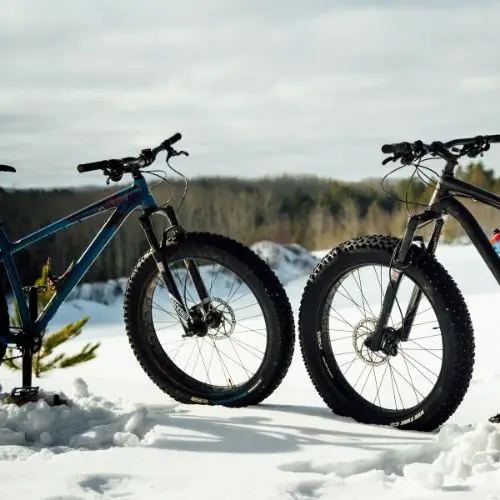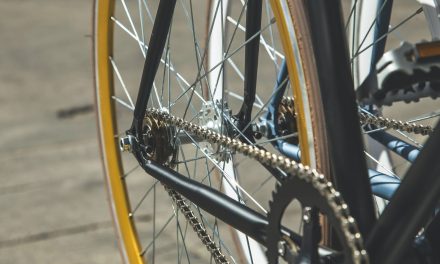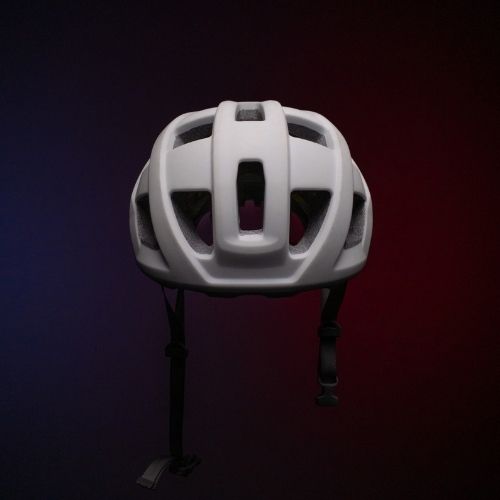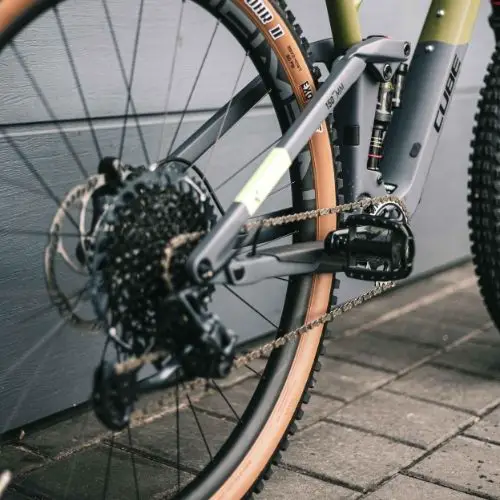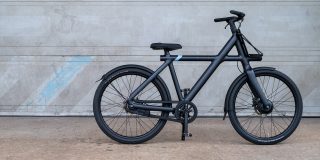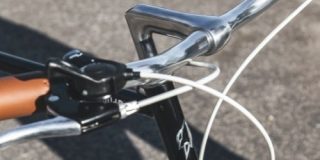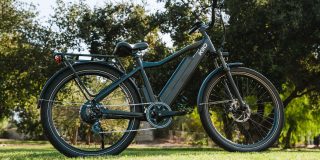Though they have been available for less than twenty years, fat bikes are becoming increasingly popular and the number of users is increasing rapidly. Many cyclists who are planning to purchase a new bike would like to find out if a fat tire bike is better than a mountain bike, the pros and cons of using each type of bike so that they can take the right decision.
The suitability of the bike depends to a large extent on the terrain on which the bike will be used, speed and experience of the cyclist, which are discussed in detail below.
Design of the two bikes
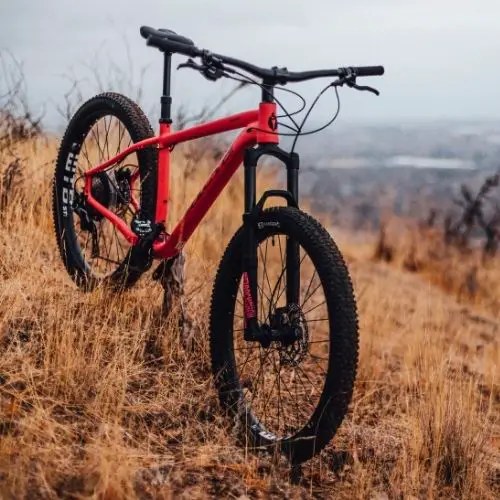
Before discussing the advantages of bikes with fat tires and mountain bikes, it is important to understand the major differences in design.
Mountain bikes which are widely used for climbing mountains and other similar terrains usually have tires of size 2.25″. These tires allow the cyclist to reach high speeds, but the bike cannot be used on loose surfaces, like snow or ice, since the thinner bike tires will sink. The bikes with wider tires or fat tires were developed so that they had greater traction on the soft surface and did not not sink.
The fat tires usually have a width of of at least 3.5″ though in some bikes the width of the tires can more at 5″. These wider tires will not fit properly on the conventional wheels of mountain bikes, so the fat-tire bikes have special designed wheel rims which are also wider, at least 3″ in size. To support the larger wheels the bike frame is also modified, so the fat-tire bikes differ in design from the mountain bikes, and are usually heavier.
How do they handle terrain?
The cyclist should choose a bike depending on the terrain where he is planning to use the bike.
Fat-tire bikes were originally designed for use on snow and are considered better for snow, sand and similar terrains compared to mountain bikes because of their fatter tires. They are also preferred if the cyclist wishes to be comfortable while riding the bike on different terrains, because of the tires.
These tires do not have to be fully inflated and can be used at lower tire pressures. This makes the tires easily adjust their shape according to the terrain, so it is more comfortable for the user.
The mountain bikes have fully inflated tires, so they are not comfortable to use on rough terrains, and will sink on snow, sand, and loose terrains. However, the mountain bike is lighter, so it is better while climbing uphill on mountains
Experience needed
One of the reasons why many people do not use a bike is because they are worried that they will loose balance and fall off. This can cause painful injuries. Many adults are not using their bike regularly and have less experience in using the bike.
The ease with which the user can balance a bike depends to some extent on the tire width. If the tires are wider, it is easier for the cyclist to balance, since the area of contact with the ground is more. Additionally since the fat-tire bikes are heavier, the cyclist will reach a lower speed while cycling, and is less likely to fall off the cycle and injure himself.
Individuals who want a bike which is easy to use even if they do not have experience are preferring fat-tire bikes. In contrast experienced cyclist may want a bike which is fast, so they can cover longer distances quickly, and for this a mountain bike is better since it is lighter than the fat-tire bike.
- Which is better: Bicycle Disc Brakes vs Rim Brakes
- Will a bicycle fit in my car? They can, but there may be better ways
- Are Fat Tire Bikes as good in the Snow as everyone says?
Price difference between the two?
Since the fat-tire bikes have larger wheel rims, tires, and a heavier frame, they are usually more expensive compared to most models of mountain bikes.
Additionally if the fat tires are used over harder smooth surfaces, like pavements for a longer time, they will have to be replaced faster so maintenance expenses are also usually higher.
Conclusion
While fat tire bikes are more comfortable and can be used on different terrains like snow, sand, on which mountain bikes cannot be used, they are also heavier, slower and more expensive compared to mountain bikes. So while fat-tire bikes are better than mountain bikes for snow and sand, they are not ideal for some applications like climbing mountains.

